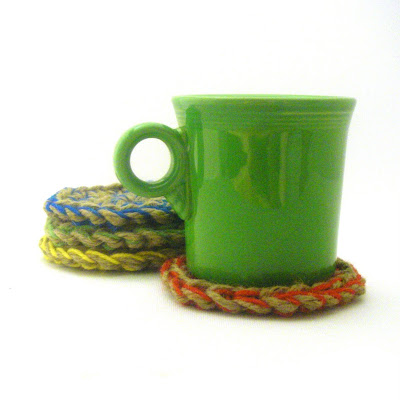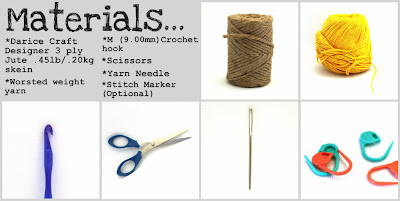I found this on
http://www.picklemetoo.com/2012/03/02/kombucha-continuous-brewing-system/
I must admit I tried fermenting kombucha before. I grew my scoby from a bottle of store bought kombucha. Then I started fermenting my kombucha and it became a science project on top of my frig until all the fluid was evaporated out.
Now I want to try a continuous brewing system because it will eliminate the problems I had with remembering when the batch ended and getting it poured off into bottle for a second fermentation.
Here is what I found on the above referenced website.
Equipment needed:
- Glass beverage dispenser, the kind with a plastic spigot at the bottom. You don’t want any metal in contact with the tea as it can damage the SCOBY. It should hold 1-5 gallons. Mine holds 1.5 gallons.
- Tea ball (if using loose leaf tea).
- 1 gallon jug to store sweetened tea.
Ingredients for 1 gallon of tea:
- 1 cup of sugar (1/4 cup per quart of water)
- 8 tea bags* (2 bags per quart of water)
- 4 quarts filtered water divided (or amount needed)
- 2 cups Kombucha starter tea (1/2 cup per quart of water)
- Kombucha mother
This makes enough tea for a 1 gallon container. Adjust the amount as needed to fill your container.
Add 1 quart of water, sugar and tea to a saucepan and bring to a gentle boil. Remove from heat and let steep for about 15 min. Remove tea bags. Add remaining 3 quarts of cold filtered water.
Once tea is cooled to room temperature, pour into your system and add starter tea and kombucha mother. Cover with a cloth, secured with a rubber band. Let set in a warm place for about a week. Taste test at this time. If it’s too sweet, let set a little longer. You might need to find a warmer place. I keep mine near my crock pot which is always running making bone broth. Kombucha can culture for up to 6 weeks.
*Black tea is best for the health of the SCOBY. Green tea works well too. If you want to use white tea, red tea or an herbal tea, use it in combination with black tea. My favorite is a 50/50 blend of English Breakfast tea with green tea. Avoid flavored teas (like Earl Grey) since they can damage the SCOBY. Add flavor during the second ferment.
Harvesting Kombucha
Once Kombucha is to your liking, drain off as much as you would like to drink for a few days and replace with more sweetened tea, prepared with the above ratios. When adding new tea, you don’t need to add more kombucha starter since it’s already in the container. Just make sure to always leave about 20% of the tea in the container.
I remove and replace about a quart at a time. Doing a small switch like this makes the kombucha culture faster. Culturing a ratio of 1 part sweet tea to 4-5 parts kombucha tea, as opposed to 1 gallon to 2 cups, goes faster and is usually done in a matter of just a couple days.
**Time saving tip: I keep a gallon jug of sweetened tea in my fridge so I don’t have to make it every time I drain off kombucha**
Tea Concentrate
This will be used in a 1 tea concentrate to 3 water ration.
- Boil 1qt of water, 8 tea bags, & 1 c sugar.
- Allow to steep for 10-15 minutes.
- Remove tea bags
- Tranfer to container and store in frig.
When more sugar tea is need for the fermentor keep it at a 1:3 ratio. ie. 1 cup tea concentrate to 3 cups of water. This will make a quart. Scale up or down as needed.
That’s all there is to it! Just gently add sweetened tea as you drain off your kombucha. Your SCOBY will grow, covering the entire top of your brewing system. If it gets too large, you can always gently remove it and with plastic utensils, cut off portions to share with friends.
2nd Fermentation
|
Bottle Size
|
Juice Amt
|
FrozenConcAmt
|
|
8oz
|
2T
|
1t
|
|
16oz
|
1/4c
|
3/4T
|
|
24oz
|
1/3c
|
1T
|
|
32oz
|
1/2c
|
1.5T
|
Flavor options:
I like to fresh squeeze my juices (when I can) and then strain out
the pulp & seeds with a nut milk bag, muslin, or cheesecloth. I then use
the pulp to make pulp crackers in my dehydrator or add it to smoothies or baked
goods. Get creative!
-Cherry vanilla (Cherry juice and a few tsp of vanilla
extract)
-Orange Grapefruit (Orange juice and Grapefruit juice. Fresh
squeezed is always best!)
-Pineapple pomegranate (My favorite!)
-Apple berry (Apple juice and mixed berries)
-Peach
-Mango strawberry
-Kiwi (a favorite)
-Watermelon lime (Ha! this one is easy. Watermelon has so much
juice to share ).
-Blueberry lemon
-Ginger lemon (Boil a handful of fresh chopped ginger for a
few hours to make a syrup. This syrup if potent so you might not need the whole
amount I recommended. A few tsp-TBS of lemon juice should be good, just taste
it as you go if you question yourself!)
-Raspberry grape (Careful, grape tastes like wine pretty
quickly- only ferment a few hours!)









